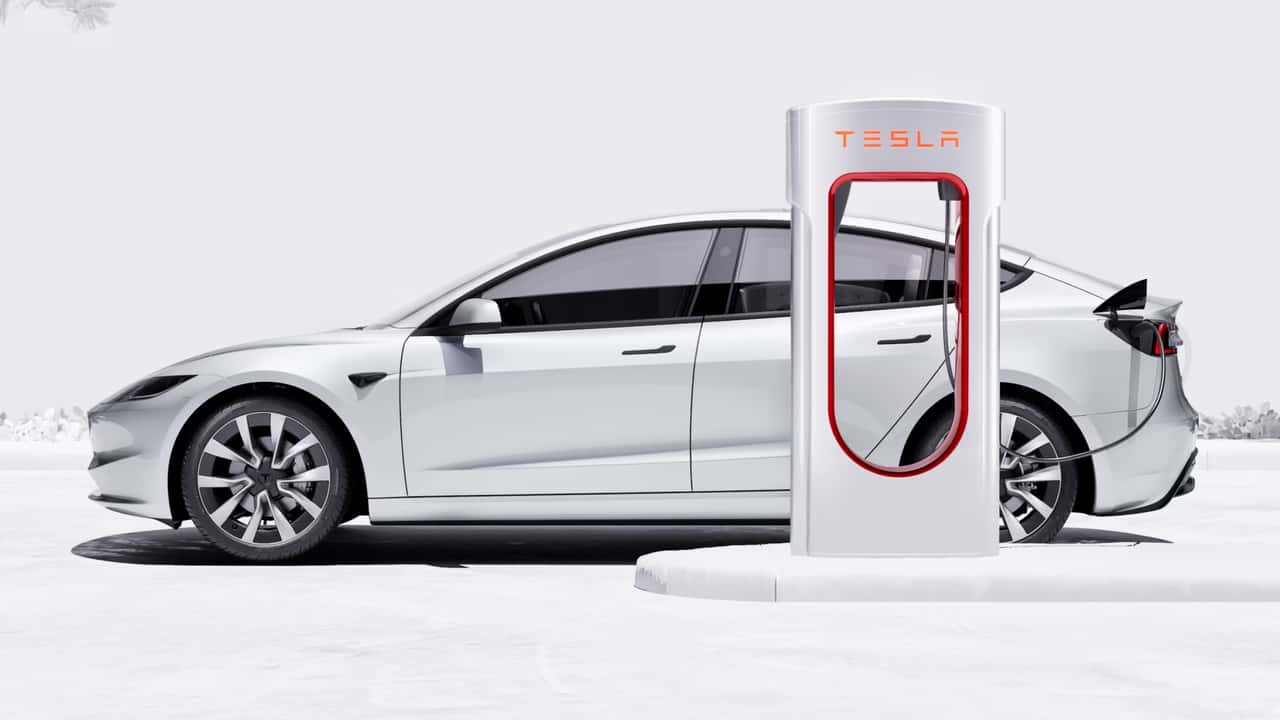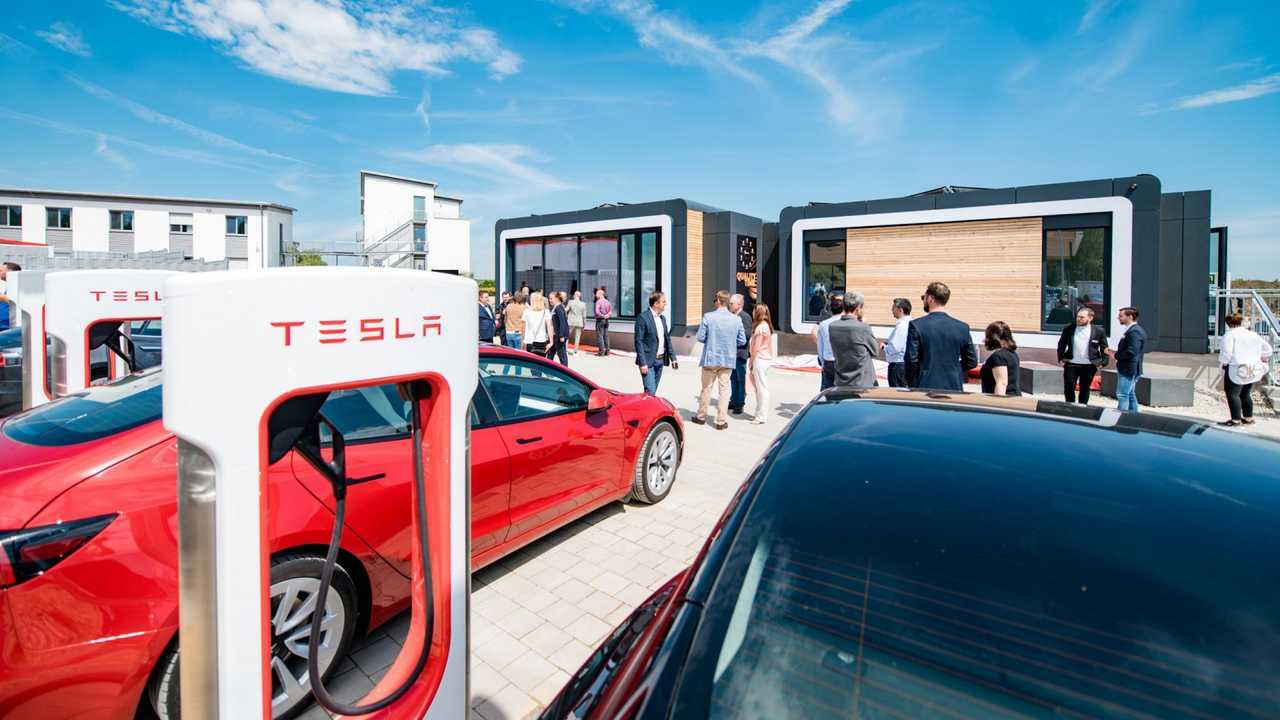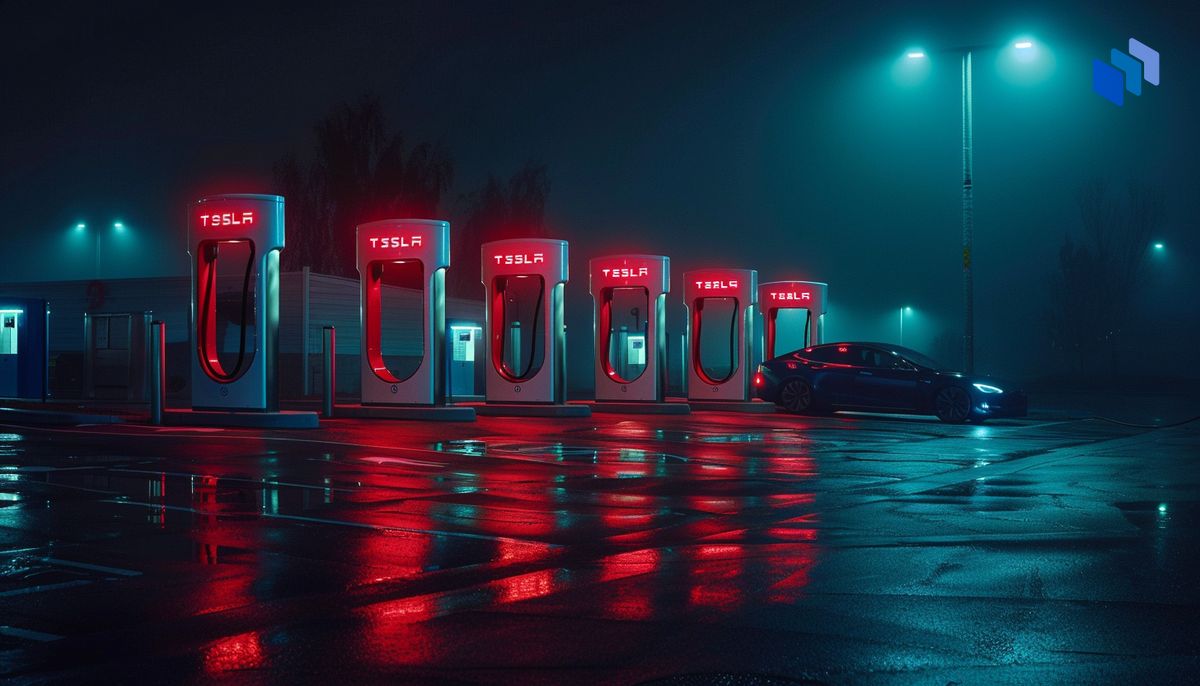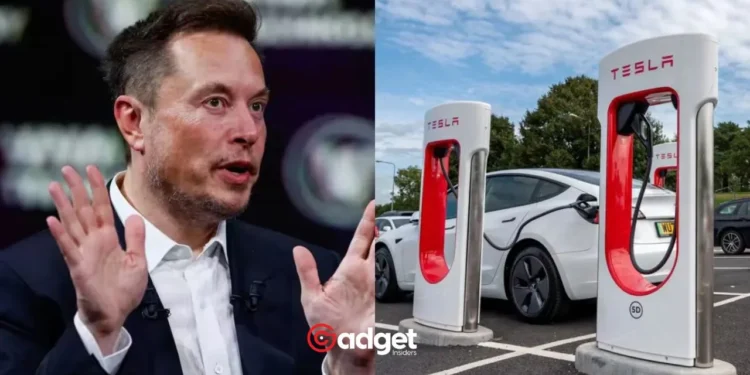Tesla’s recent decision to lay off 500 employees from its Supercharger network team has sparked considerable debate within the automotive industry. This move, while controversial, has been framed by some experts as a strategic adjustment necessary for the company’s long-term success. With the electric vehicle (EV) market rapidly evolving, Tesla’s shift could potentially strengthen its position against rising competition and market pressures.

Understanding Tesla’s Decision
Fernando Suarez, a respected business professor at Northeastern University, provides valuable insight into the reasons behind Tesla’s significant workforce reduction. According to Suarez, Tesla’s decision is not merely a reaction to current market challenges but a proactive strategy to navigate a transforming landscape.
The electric vehicle industry has reached a new level of maturity, with numerous players entering the market, escalating competition, and putting pressure on Tesla to maintain its lead. “Tesla enjoyed a situation that was very unusual—they were basically left alone for 10 years,” Suarez explained. However, as the market dynamics shift, Tesla finds itself needing to adapt to remain competitive and efficient.

The Impact on Tesla’s Supercharger Network
Tesla’s Supercharger network has been a cornerstone of its strategy to promote EV adoption. With around 6,000 stations and 28,000 charging ports, Tesla has not only facilitated easier access to charging but also helped standardize fast charging as a key feature for EV owners.
Despite the layoffs, the strategic importance of the Supercharger network remains high. The recent workforce reduction might signal a shift in how Tesla plans to expand and manage its charging infrastructure. As Suarez points out, the increasing push towards standardization in EV charging and the integration of different automakers into Tesla’s network is pivotal. These changes require Tesla to reallocate resources and perhaps partner more extensively with other companies, which aligns with broader industry trends towards collaboration and integration.
"The news is — and there is no way of sugarcoating this — either sort of stupid, bad, or very bad for the electric vehicle transition."@robinsonmeyer breaks down three ways of looking at the Tesla Supercharger layoffs:https://t.co/uZiW46AH1z
— Heatmap News (@heatmap_news) May 2, 2024
Long-Term Strategy and Market Adaptation
Tesla’s move to downsize its Supercharger team aligns with a broader realignment towards its core automotive operations. Amid financial pressures and a declining stock price, Tesla appears to be focusing on core areas that promise the best return on investment.
Suarez remains optimistic about the resilience of the EV market, despite potential short-term setbacks in charging infrastructure deployment. “From the societal point of view, maybe this is actually not a good thing because it will delay the deployment of the EV industry and the progress of the industry in the U.S.,” he said. Nevertheless, the recalibration of Tesla’s business strategy could be a necessary step to ensure its leadership in an increasingly crowded market.

Conclusion: Navigating a Changing Industry
Tesla’s decision to streamline operations by reducing its Supercharger network team is a reflection of the broader shifts occurring within the automotive sector. This strategy may bear risks, particularly in the short term, but it also opens up new opportunities for Tesla to enhance its operational efficiency and strategic focus. As the EV market continues to evolve, Tesla’s ability to adapt will be crucial in maintaining its competitive edge and driving the future of electric mobility.










